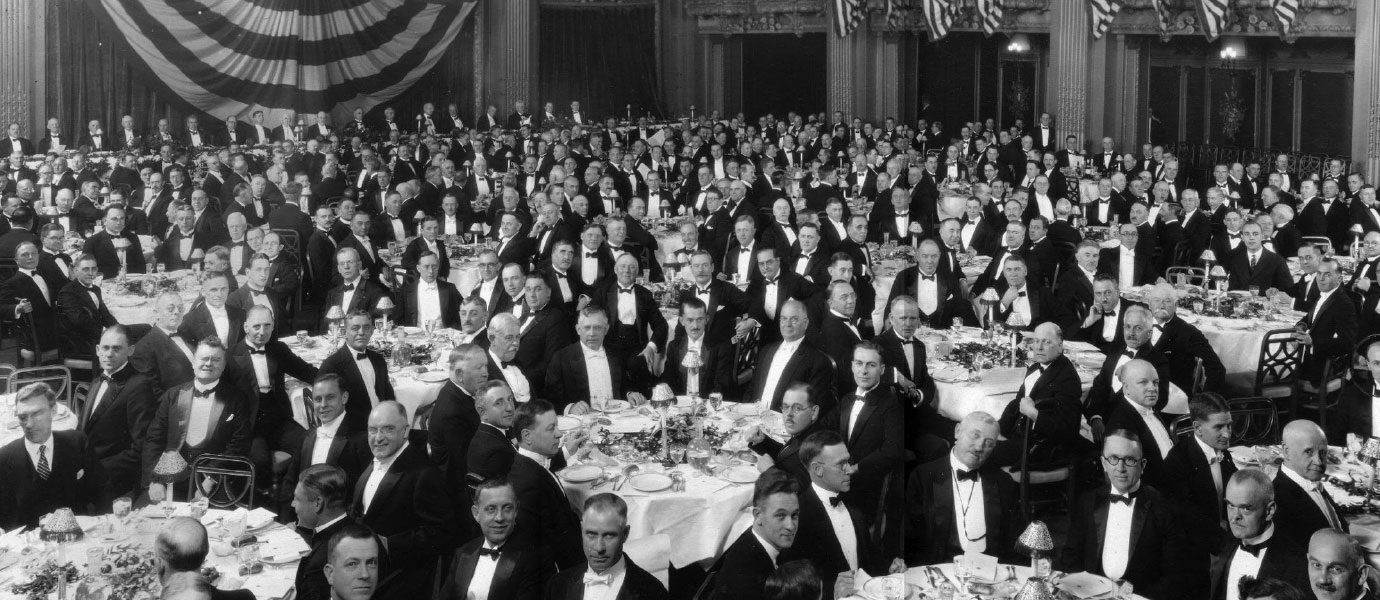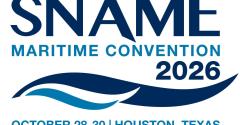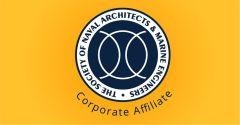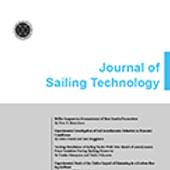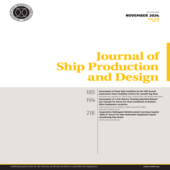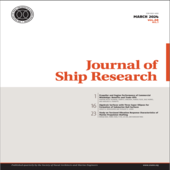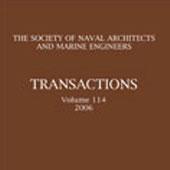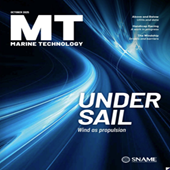Technical and research (T&R) | Bulletins and reports
This GUIDELINE identifies the key factors for the Site-Specific Assessment (SSA) of jack-up units used in the construction, operation, and maintenance of offshore wind farms. It also gives recommendations on the application of the existing ISO SSA standards (developed for jack-ups operating in the oil and gas industry) to jack-ups operating in offshore wind farms. SSA is the process of checking if the jack-up at a given location meets structural and foundation acceptance criteria in accordance with accepted industry practice for the installation, elevated, and removal conditions. This GUIDELINE has been developed in a collaborative manner by representatives of offshore wind developers and their supply chain partners working in a Joint Industry Program (JIP) entitled Jack-up Renewable Energy Guidelines (J-REG).
Shipboard bilges can be a sink and reservoir for a range of substances other than oil and water, i.e., particles, chemicals, biological activity, any of which alone or in combination can cause an oily water separator (OWS) and related bilge water treatment systems to fail. Borrowing from the data processing/computer industry, we conclude “garbage in, garbage out.” To assist the operator in properly identifying contaminants and troubleshooting occurring OWS systems failures members of the SNAME / ASNE joint Technical and Research Committee panel EC-3 (Oily Waste Water and Bilgewater) developed this diagnostic “Guide to Diagnosing Contaminants in Oily Bilgewater: Operation and Maintenance of Bilgewater Treatment Systems.”
This six-point Guide provides a foundation for the development of bilge water contaminant identification skills along with diagnostic and bilge water treatment systems troubleshooting techniques to prevent and remedy many types of oily bilgewater system failures.
The Marine Vessel Environmental Performance Assessment (MVEP) is being developed to provide vessel designers, owners, operators, and other governing bodies with a standard methodology to measure and to reduce the environmental impact of their ships.
The Phase I Pilot Project wrote a checklist of 35 environmental impacts in the categories of: Energy Efficiency (EE), Air Emissions (AE), Discharges to Water (DW), and General Measures (GM).
Phase 2 Performance Assessment Guide Development is publishing Guides for each impact as T&R Bulletins. This is the Guide for GM-1 Ocean Health and Aquatic Life – Underwater Noise. This guide addresses features of typical commercial ships that produce and/or transmit sound and vibration to the ocean, which then becomes underwater radiated noise.
The guide provides recommendations for the quieting of new vessels during the design phase as well as existing vessels already in operation. Most noise control solutions are broken down into three components: the source, the path(s), and the receiver. In this guide, the first two components are addressed, as it is assumed that the receiver is the ocean, for which no silencing options would be available. Lastly, the guide discusses the usual underwater noise metrics and existing standards that are available for measurement.
This guide provides recommendations regarding technologies, practices, and fuels that control and reduce sulfur oxide (SOx) emissions. The guide is designed to assist with SOx management and reduction for ocean-going vessels (OGV). Both the environmental and financial impacts of SOx emissions are addressed in the guide.
Options for assessing emissions performance are provided along with a standard methodology for determining SOx output from a vessel. Guidance for reducing emissions is presented. The various options for SOx reduction are discussed to assist in the evaluation of each. Reduction in SOx emissions is an environmental and economic concern. Compliance is a regulated requirement mandated by both international and regional organizations. This paper discusses these regulations to help provide information to make informed decisions. Limitations on SOx are currently in place with more stringent regulations coming in the near future. As with any technology, there needs to be future developments to better meet goals. Additionally, with the adoption of SOx reduction technologies, there are tradeoffs to integration. Both need to be considered when making changes to meet current and future regulations. In the later part of the paper, both are discussed. The MVEP SOx guide is an essential tool for the integration of SOx emission reduction methods onboard a vessel. It provides a methodology for the measurement of emissions from all SOx emitters on vessels and gives options for reduction to meet and/or exceed regulatory requirements.
The focus of this document is how to reduce the environmental impact and how to measure the performance of the hull and propeller in maintenance and operation.
First, the scope and applicability are bound and the problem of hull roughness, hull fouling, and propeller fouling is defined. Section 2, Statement of the Problem, describes the fuel consumption consequences of fouling and why fouling is a persistent challenge to ship owners. The MVEP Standard Assessment Methodology, Section 3, is the core of this document. The Assessment Methodology has four components: Prerequisite, Prescriptive Measures, Quantitative Metric, and Zero Impact. Section 4, Justifications, gives further direction on how and why the four components are defined. Current regulations and initiatives on this impact are given in Section 5. Future developments in measurement and monitoring, as well as in hull coating and cleaning systems, are suggested and highlighted in Section 6. The integration of the proposed measures into the overall strategy to reduce emissions is discussed in Section 7. A comparison of different hull coating systems is provided in Appendix A.
SNAME’s Panel EC-14 on Underwater Radiated Noise is pleased to announce the creation of Technology and Research Bulletin 6-03, Guidelines for Reducing Underwater Radiated Noise from Commercial Vessels. This Bulletin will assist owners, operators, and designers develop vessel designs with reduced underwater radiated noise (URN). URN is a concern for the health of aquatic ecosystems and human communities around the world. In response to the various documented impacts of vessel generated URN on marine mammals, fish, and invertebrates, the International Maritime Organization (IMO) recently created the Revised Guidelines for the Reduction of Underwater Radiated Noise from Shipping to Address Adverse Impacts on Marine Life. IMO member states and NGOs have stated their agreement that commercial shipping is a primary contributor to URN and its associated impacts. To reduce these impacts, URN needs to be considered when implementing the approach to design and operation of commercial vessels of all types. Historically, reductions in URN have not been a design goal for most commercial vessels. Fortunately, there are existing tools, methodologies, and expertise available to design quieter vessels. However, these items are utilized only when owners require noise reductions as a design goal. T&R 6-03 provides practical knowledge that will support development and construction of quiet vessel designs.
Please contact publications@sname.org to purchase.The design of specific equipment installed in ships is usually accomplished by fires other than the Shipbuilder. As a consequence of this situation, the Shipbuilder does not have direct control over a significant portion of the weight of the ship being built. For shipbuilders to have direct control of equipment weights is neither necessary nor desirable. Shipbuilders cannot be experts in the design of all equipment. Control of equipment weight my be maintained in the same manner that any other equipment characteristic is controlled; through specific weight requirements in the technical portion of the Request for Quotation and the Subsequent Purchase Order. The degree of weight control to be specified will be influenced by the cost of that weight control, requirements of the shipbuilding contract, and the sensitivity of the ship’s performance to weight and its distribution.
The general arrangement design is documented by the general arrangement drawings. The general arrangement drawings define design requirements which are described pictorially rather than in words. The drawings should be as self-contained as possible. They should not repeat the requirements in the ship specifications but should amplify them. Extraneous detail not identified in the ship specifications, should not be shown as the risk of it changing or conflicting with the specifications is too great.
The general arrangement design is documented by the general arrangement drawings. The general arrangement drawings define design requirements which are described pictorially rather than in words. The drawings should be as self-contained as possible. They should not repeat the requirements in the ship specifications but should amplify them. Extraneous detail not identified in the ship specifications, should not be shown as the risk of it changing or conflicting with the specifications is too great.
The design of a ship’s General Arrangements is subject to a host of criteria and constraints stemming from physical, operational, and mandated restrictions. These impositions on the ship designs pan a wide range of considerations reflecting owner or mission needs, legal requirements, operator considerations, safety, system needs, convention, and support facilities. Since the General Arrangements represents the core of ship design, the criteria and constraints must be satisfied as a necessary condition for developing a viable craft.
The selection of stability criteria has an enormous impact on a ship's arrangement in terms of subdivision, access, and functional location of compartments. In addition to access and compartmentation impacts, ship support systems such as piping and heating, ventilation, and air conditioning (HVAC) are also affected. The degree of impact on a ship's arrangement can be directly related to cost and survivability depending on the stability criteria selected. The deciding factors for determining the stability criteria to be used should consider the operation of the ship and the degree of safety that the cost constraints of a ship design program can afford, without severely impacting the configuration of the ship to meet mission requirements.
The objective of this paper is to identify the various stability requirements and to assess the impacts on the general arrangement and ship systems. This assessment is intended to provide a quantitative means of evaluation for determining the appropriate stability criteria which best suits a particular ship's mission.
